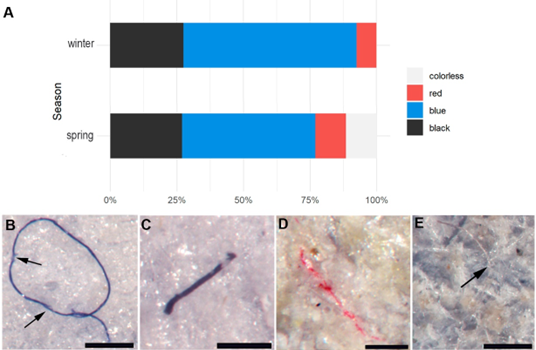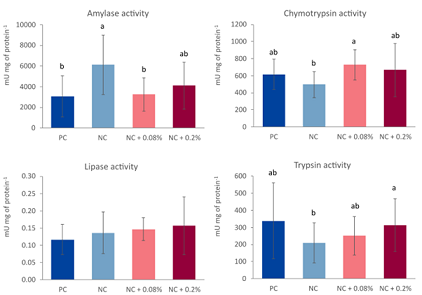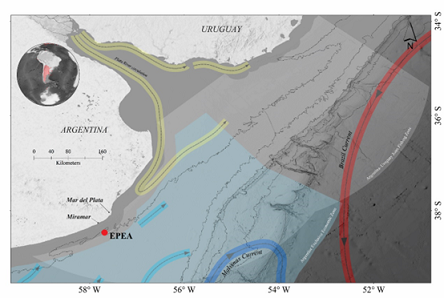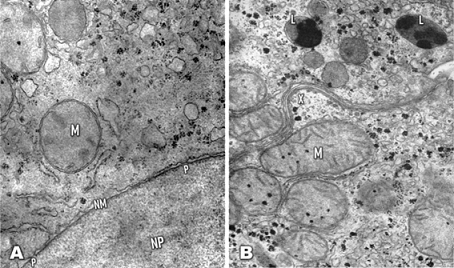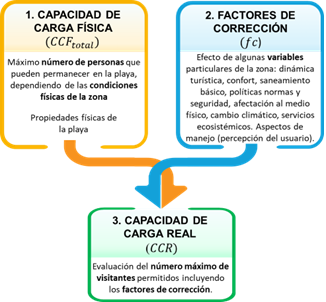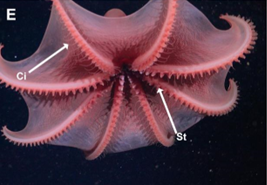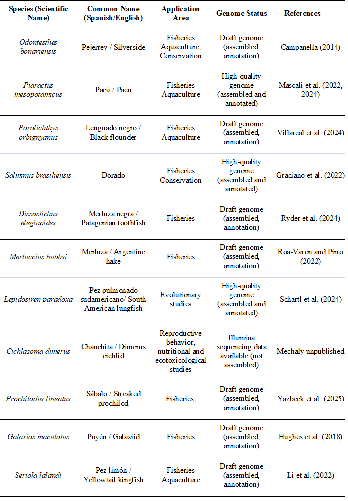Current Issue
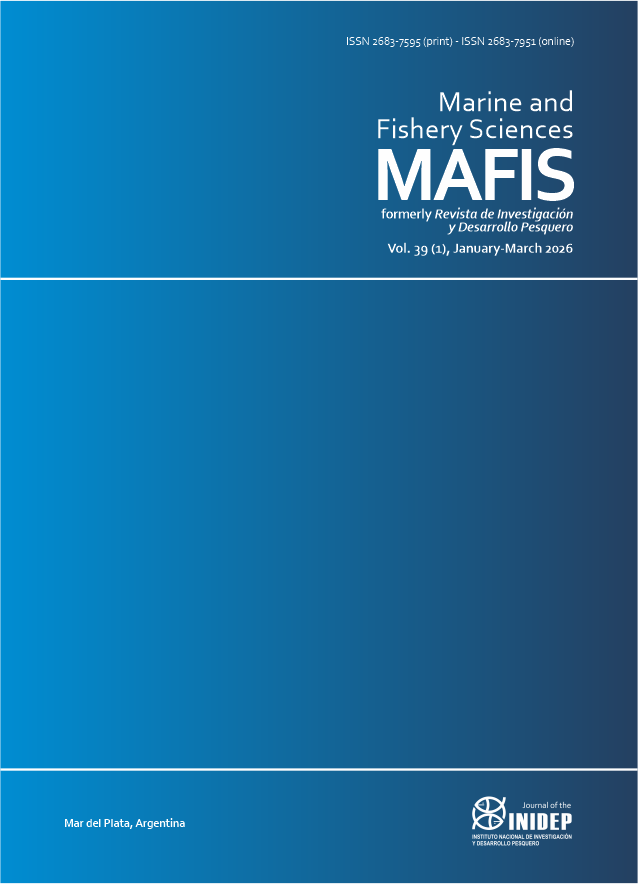

Online peer-reviewed articles accepted for publication in this issue with citable DOI without page number
Cover image: Lateral view of Cirrothauma murrayi at 3,122 m depth during a SuBastian dive aboard RV Falkor (too) in the Economic Exclusive Zone of Uruguay
Photo courtesy of the Schmidt Ocean Institute / ROV Subastian

